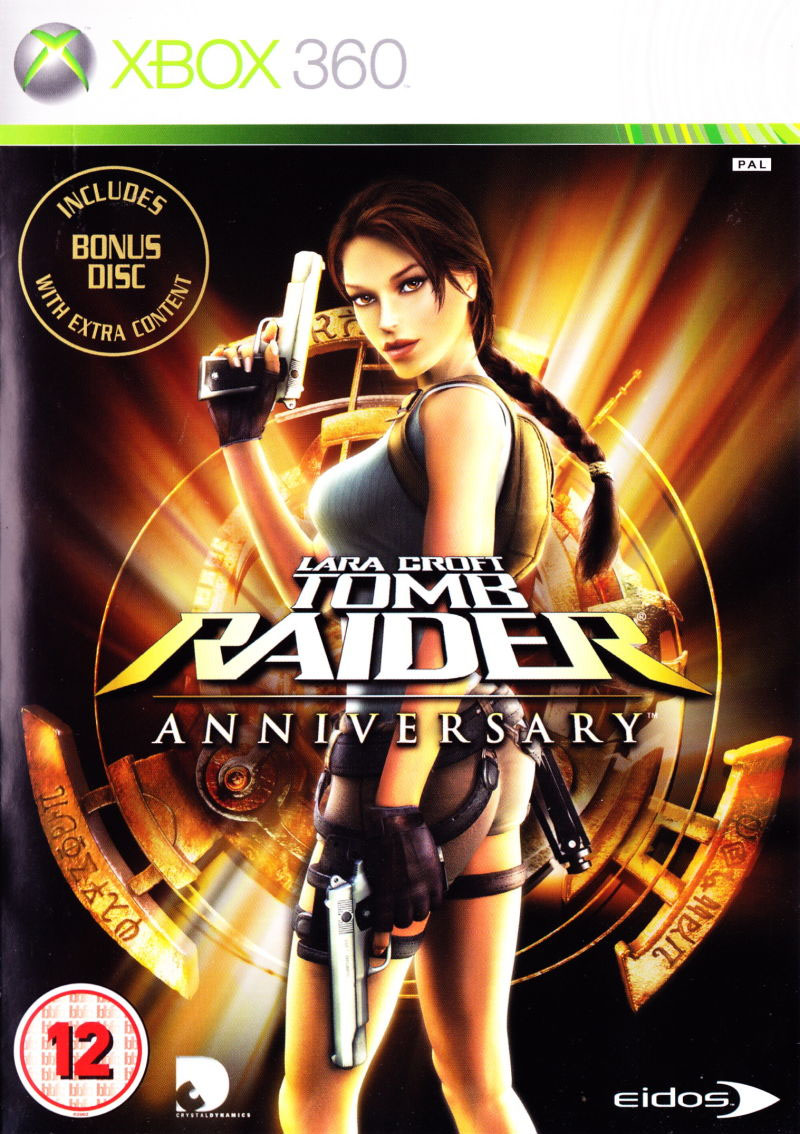KEY LANGUAGE
What it is to be a . . . ‘man’!
Non-Binary, Intersex, CIS and . . .
Ayesha Tan Jones is a non-binary artist and musician who goes by the stage name ‘YaYaBones’
Once you have thought about this, think about the concept of a ‘non binary identity’. Follow this link to find out more. What does this mean to you? How do you feel about it? What about the concept of CIS? Or Intersex?
Task 2: Define the 15 key words about representation. You can call the post ‘Key terms: Representation’
You can categorise your post: representation, exam prep
- Male gaze
- Voyeurism
- Patriarchy
- Positive and negative stereotypes
- Counter-types
- Misrepresentation
- Selective representation
- Dominant ideology
- Constructed reality
- Hegemony
- Audience positioning
You should also consider some ideas on identity proposed by David Gauntlett, see his site https://davidgauntlett.com/ and Theory.org and David Gauntlett’s Gender and Identity Theory | Definition and Examples (media-studies.com) for more information, where he talks about:
‘Theories of identity [associated with representation]’ which from me would be the ideas around, people having a route to self-expression, and therefore a stronger sense of self and participation in the world, through making & exchanging . . .
- Fluidity of identity
- Constructed identity
- Negotiated identity
- Collective identity
Task 3 (optional):
Write up a couple of paragraphs 150-200 each using the key language we have looked at to analyse the signs you have identified in both CSP’s and in your own work. Essentially you are aiming to link the signs (ie language of the product) to reveal the meaning behind each product (ie representations of the products).
Task 4:
Play this Kahoot: https://create.kahoot.it/details/bcd4c435-d23d-41bc-a14e-f03ad1af6ac3 as a way of revising and re-capping on the key language that you will need for your essay below. It is out of 35 and remember your score will go into your tracking sheet!
Task 5:
Answer the following question:
ANALYSE THE RELATIONSHIP BETWEEN SIGNIFIERS AND SIGNIFIEDS IN THE TWO CSP GAMES COVERS (as set out on this previous post).
This is a A level question from Paper 1 (Media One) 2020 – you can find this paper and the answer booklet by following the link on the top menu of this block.
Submit your essay as a typed up document (ie not hand written). Post on the blog, send as an email (m.mckinlay@hautlieu.sch.je) or link to Office 365, or print out and hand in to me.
YOU HAVE UP UNTIL THE END OF THE DAY (3:20) TUESDAY 19th OCTOBER TO COMPLETE THIS ESSAY.
Essentially this is a 1000 word Semiotic analysis of two real media products You must try to include ALL of the semiotic media language that you have defined in the previous task.
Use as much of the preparatory written work that you have already completed. Think of it as a ‘cut and paste’ exercise (a bit like your Game covers) where you can construct your essay from the fragments that you have already produced.
Possible structure
YOU DO NOT HAVE TO FOLLOW THIS STRUCTURE TO GET GOOD MARKS. IT IS JUST A WRITING FRAMEWORK TO GET YOU STARTED.
- Start your essay by with an introduction (2-3 sentences) such as, “In this essay I am going to apply a semiotic analysis to both the Tomb Raider and Metroid video games covers.
- Ensure that the start of your essay presents (in 1 full paragraph) your argument, eg “I will argue that . . . is both . . . and . . . which I feel does not represent . . . in a positive or productive way for the gaming community” Or, try a contrasting approach: “I believe that . . . is . . . whereas . . . which suggests that . . . As such, in this essay, I am going to make it clear that . . “
- Then present some evidence to support your argument. Make sure your really develop your discussion (ie this will take 4 paragraphs) and make sure that you cover both CSP’s. This could be:
- some evidence from the CSP’s (this is a textual analysis)
- some reference to key semiotic terms (this is a semiotic analysis)
- some reference to theory (this is a theoretical analysis)
- some reference to some audience reactions (this is a consumption analysis)
- Essentially you are going to include pretty much all of the above, but you can choose which approach to take and which order to put your arguments. And remember, arguing and discussing is very different from just describing.
- When you have established your main argument, try to present a counter argument (of at least 2 paragraphs): “On the other hand, it could be that . . . . “
- and again present evidence that supports your approach – make sure that you cover both CSP’s.
- Finally, when you feel you have included:
- key language
- theory and theorists
- specific examples from both CSP’s
- a clear and sustained argument
- You can summarise and conclude (at least 1 strong summative paragraph), which re-caps and ends with a reminder of what you have been arguing.
When you have finished . . .
Complete TASK 5 on this post

